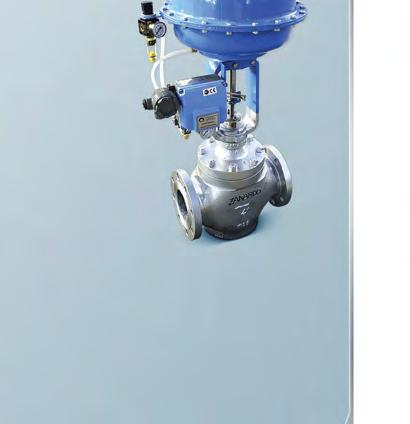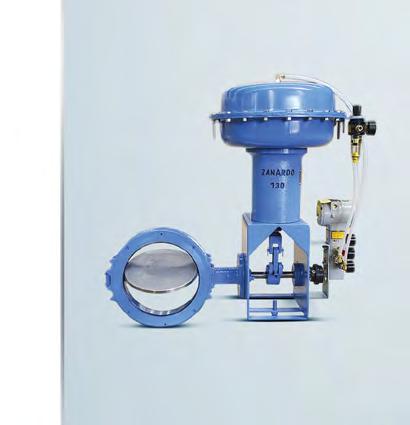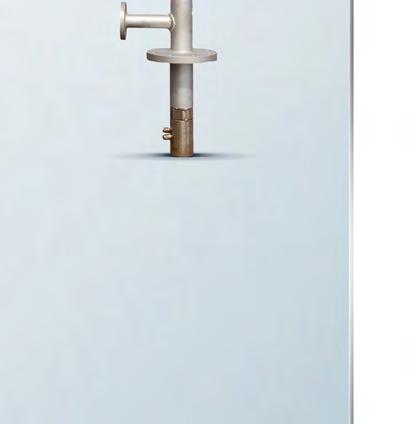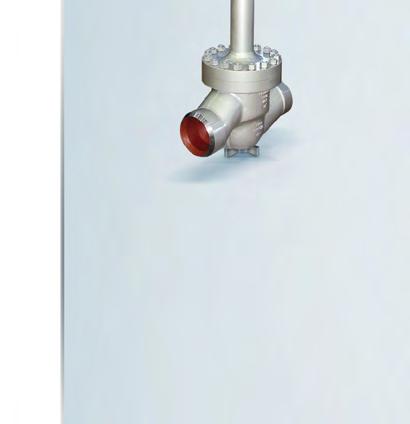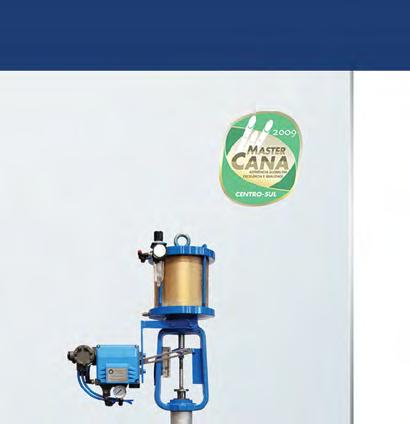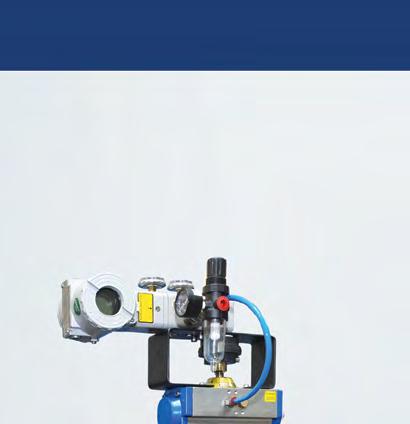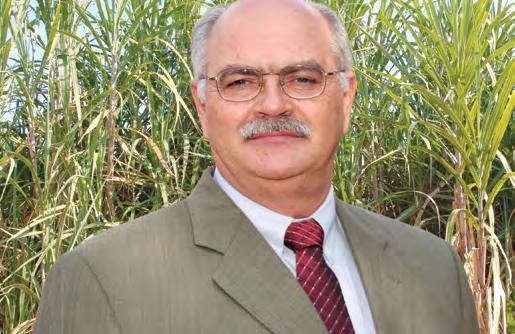
8 minute read
Tadeu Luiz Colucci de Andrade
setor sucroenergético a pesquisa na sustentação do
Research in the sustainability of the sugar-based energy sector
Uma séria reflexão sobre as mudanças impostas nos últimos 30 anos, tais como alterações climáticas, combustíveis alternativos, novas fontes de eletricidade e, mais recentemente, bioeletricidade, e como elas dizem respeito ao setor sucroalcooleiro, faz-se necessária.
No final dos anos 70, o mundo foi sacudido pelo violento aumento do preço do petróleo, até então a matriz energética. Procurar alternativas passou a ser prioridade, pouco ou quase nada questionando a forma e as consequências dessas alternativas. Assim, à época, no Brasil, prevaleceu o álcool combustível, o que acarretaria uma revolução tecnológica no setor de cana-de-açúcar.
Serious reflection on the imposed changes of the last 30 years, such as climate change, alternative fuels, and new sources of electricity (and, more recently, bioelec- tricity) – and on how they affect the sugar and alcohol sector – is required.At the end of the 70’s, the world was shaken by an extremely high increase of the price of oil, which, until then, constituted the energy matrix. Looking for alternatives became a priority, while questioning the forms and the consequences of these alternatives was done very little or not at all. Thus, at the time, in Brazil, alcohol fuel prevailed, and brought about a technological revolution in the sugarcane industry.
Tadeu Luiz Colucci de Andrade Diretor de Pesquisa e Desenvolvimento do CTC
Research and Development Director of CTC
Até então, a cana era, basicamente, produtora de açúcar. Com algumas exceções, eram plantadas variedades desenvolvidas em outros países, pouco adaptadas aos nossos ambientes de produção, mas que, de certa forma, supriam as demandas.
Quando o álcool passou a ser alternativa ao petróleo, a produção da época mostrou a necessidade de variedades mais produtivas que atendessem, além da demanda de açúcar, também ao novo mercado do álcool combustível e que pudessem ser cultivadas em áreas consideradas não aptas ao plantio de cana. Nesse momento, os programas de melhoramento genético dessa cultura ganharam força e mudaram o perfil do setor. A produção por hectare tornou-se cada vez maior, e o Brasil se consolida como líder dessa cultura.
No entanto, mesmo com a expressividade do setor, as práticas agrícolas vigentes não foram questionadas. A queima da cana, o uso de fertilizantes, os tipos de preparo de solo, o consumo de água seguiam os padrões até então utilizados. Mas um fato novo despertou a atenção: a vinhaça, subproduto da produção de álcool. Após o impacto negativo provocado pelo seu descarte no meio ambiente, as pesquisas mostraram que esse subprodu
Until then, cane was essentially used to make sugar. In a few exceptional cases, other varieties developed in other countries were grown. They were ill-suited for our production environment, but, in certain ways, met the demand.
When alcohol became an alternative to oil, production at the time showed a need for more productive varieties that could meet not only the demand for sugar, but also the needs of the new alcohol fuel market, while being cultivated in areas considered inappropriate for planting cane.
At that time, genetic improvement programs of this crop gained momentum and changed the industry’s pro- file. Production per hectare increased constantly and Brazil consolidated its leading position in this crop.
However, even with the significance of this industry, prevailing agricultural practices were not questioned. The incineration of cane, the use of fertilizers, the way how soil was prepared and water consumed followed the customs of that time.
However, a new fact did call attention: vinasse, a sub-product of alcohol production. Following the negative impact that resulted from it being dumped into the

to é um insumo de grande valor na própria cultura da cana-de-açúcar. Hoje, a conscientização ambiental está presente em todas as atividades humanas. Cada vez mais se questiona o impacto que os produtos causam ao ambiente, quer na sua produção, quer no seu consumo. Com o álcool combustível (etanol) acontece o mesmo. As antigas práticas agroindustriais já não são aceitas. Hoje, o setor preocupa-se com a expansão das fronteiras agrícolas da cultura, com níveis de fertilizantes utilizados, com questões trabalhistas, etc.
Novamente, a pesquisa tem um papel fundamental: programas de melhoramento genético, novas práticas agrícolas e novos modais de corte, carregamento e transporte e, até, processos industriais. Se, no passado, a pesquisa brasileira gerou a tecnologia que deu suporte ao crescimento do setor, hoje, geram-se tecnologias que procuram solucionar os problemas detectados na prática agroindustrial.
No cenário atual, o CTC - Centro de Tecnologia Canavieira, está totalmente preparado para atender às novas demandas. Diversificou seu programa de melhoramento genético e está presente em todos os seus associados, selecionando variedades de alta produção para todos os ambientes edafoclimáticos.
Só nos últimos cinco anos, vinte variedades de alta produtividade foram disponibilizadas aos associados. Desenvolveram-se novas práticas agrícolas, e, hoje, a expansão da cultura se dá de forma sustentável, com o plantio mecânico, colheita mecanizada com equipamentos de alta precisão no corte da cana e impacto mínimo na recuperação das soqueiras. A opção pelo controle biológico de praga faz com que a cultura da cana-de-açúcar seja uma das que menos faz uso de agroquímicos.
O CTC desenvolveu uma tecnologia que considera solo/clima de cada região, para que as práticas agrícolas sejam adotadas de forma mais racional, desde a escolha varietal até o sistema de cultivo da área.
Na área industrial, novos processos de produção de etanol que irão revolucionar o atual sistema de fermentação, com significativa redução na geração de subprodutos, estão sendo desenvolvidos. A utilização da biomassa, até então matéria-prima da geração de energia para o próprio processo industrial, será uma nova plataforma de produtos.
O etanol celulósico será o primeiro produto da biomassa, e ele já existe nos laboratórios do CTC. O próximo passo é o uso comercial da tecnologia. Com o advento da gaseificação, a partir da biomassa, será possível se obter fertilizantes, biocombustíveis, biopolímeros e processos de alta produção de bioeletricidade.
No campo da biologia molecular, estudos feitos pelo CTC trarão maior produtividade através da inserção de características não conseguidas pelo melhoramento genético tradicional. Assim, novas variedades apresentarão tolerância ao estresse hídrico, resistência a pragas e doenças, alta eficiência no uso de fertilizantes, garantindo um rendimento agrícola em níveis não conseguidos ainda.
Como no passado, a escolha do etanol como alternativa ao petróleo foi sustentada e justificada pela pesquisa científica; hoje, no que depende das pesquisas do CTC, o etanol e demais produtos gerados a partir da cana-de-açúcar terão vida longa, consolidando a força agrícola do país.
environment, research showed that this sub-product is a high-value input for the very cultivation of sugarcane.
Nowadays, environmental awareness is present in all human activities. Increasingly, one questions the impact caused on the environment, whether in production or consumption. With alcohol fuel (or ethanol) the same happens. The old agro-industrial practices are no longer accepted. Nowadays, the industry is concerned with the expansion of the crop’s agricultural frontier, with the volume of fertilizers used, with labor issues, etc.
Again, research plays a fundamental role: genetic improvement programs, new agricultural practices and cutting methods, loading and transporting, and even industrial processes. If, in the past, Brazilian research generated the technology that supported the industry’s growth, nowadays the generated technologies seek to solve the problems detected in agro-industry practice.
In the current scenario, the CTC - Sugarcane Plantation Technology Center is fully equipped to meet the new demands. It diversified its genetic improvement program and it is present at all its associates, selecting high production varieties for all edaphoclimatic environments. In the last five years, twenty high productivity varieties were made available to the associates.
The CTC developed new agricultural practices, and currently the crop’s expansion occurs in a sustainable manner, with mechanized planting and harvesting using high-precision equipment for cutting cane and with minimal impact on the recovery of the stems. The option for the biological control of plagues results in that the sugarcane crop is among those that minimally use agrochemicals.
The CTC – Sugarcane Plantation Technology Center developed a technology that takes into consideration the soil/climate of each region, so that agricultural practices can be adopted in more rational ways, from selecting the plant variety, to an area’s cultivation system.
In the industrial area, new ethanol production pro- cesses that will revolutionize the current fermentation process (with a significant reduction in the generation of sub-products) are being developed. The use of biomass, until then a raw material in the generation of energy for the industrial process itself, will constitute a new product platform.
Cellulosic ethanol will be the first biomass product, which already exists in CTC’s labs. The next step will be the commercial use of the technology. With the intro- duction of gasification using biomass it will be possible to obtain fertilizers, biofuel, biopolymers and highproduction bioelectricity processes.
In the field of molecular biology, studies made by CTC will result in higher productivity, by introducing characteristics not achievable through conventional genetic improvement. Thus, new varieties will tolerate hydric stress and be resistant to plagues and diseases and they will be highly efficient for the use of fertilizers, warranting agricultural efficiency at levels never before achieved.
Like in the past, the selection of ethanol as an alternative to oil was supported and justified by scien- tific research; nowadays, to the extent it will depend on research conducted at CTC, ethanol and all other products generated from sugarcane will be long-lived, consolidating the country’s agricultural force.


